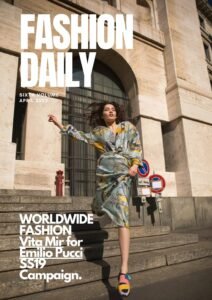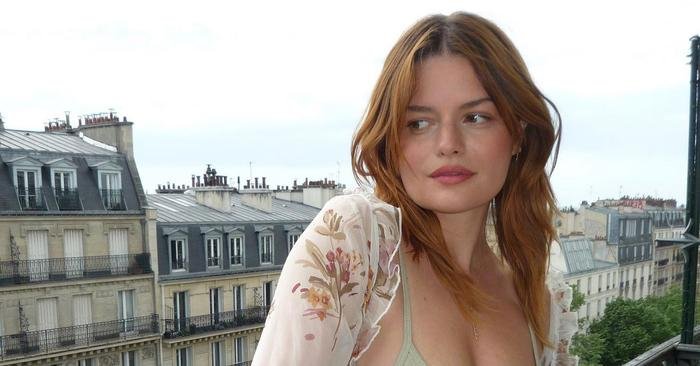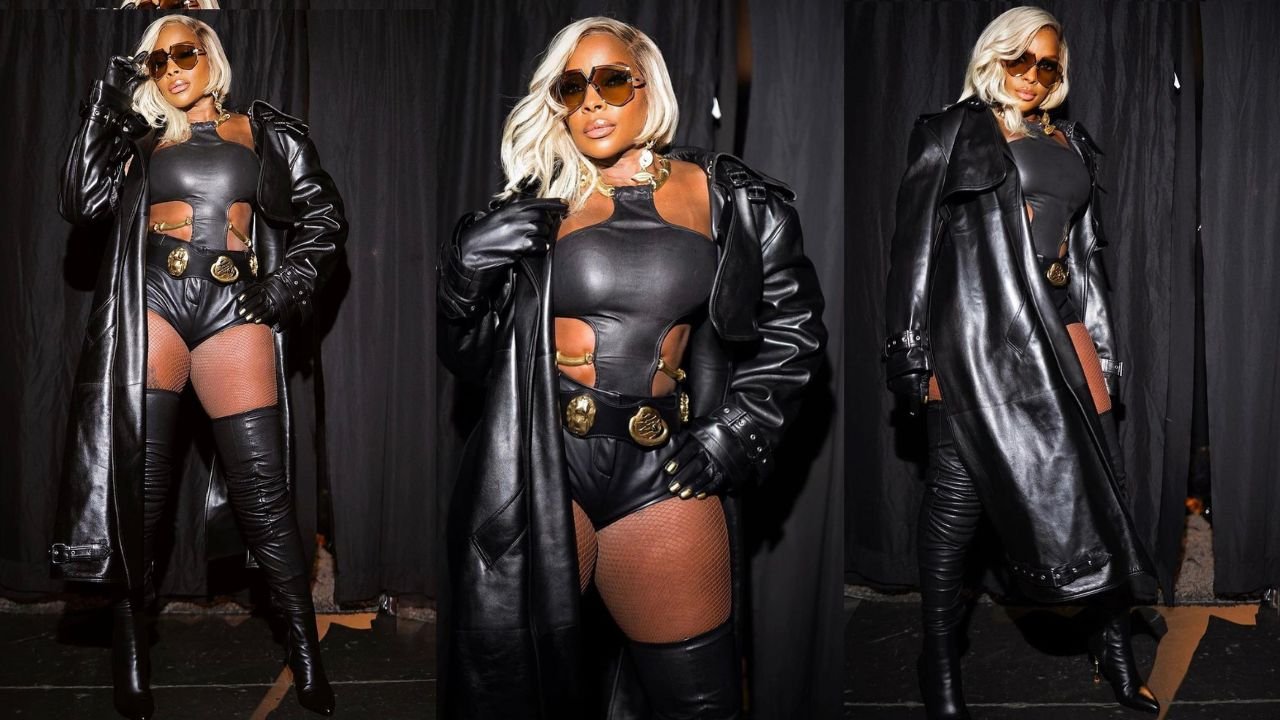Like Olds, I was transfixed by the scene. I started wearing eyeliner at thirteen, first stealing from my mom’s purse and later shoplifting from the local pharmacy. The makeup was a visual reminder that I was not like the other boys. I hoped my Rocky Horror homage imbued a sense of dark romance and mystery—or at the very least confused my parents and pissed off my gym teacher. But mostly what it brought was bloody noses. For me, early to the trend, experimenting with makeup also meant experimenting with violence. Some of my first adolescent memories are running from hordes of angry high schoolers, determined to kick my ass for dressing like a girl.
The reaction was not uncommon. While early emo looks developed from punk—drawing influence from horror rock like The Damned and The Misfits, godfathers like the New York Dolls and Iggy Pop, and the goth stylings of The Cure’s Robert Smith—even within the scene, experimenting with fashion was enough to cause fights. Still, people continued to push boundaries, invigorating punk both musically and visually. For Davey Havok—frontman of Bay area legends AFI, whose early influence continues to ripple throughout the genre—experimentation with fashion was a means of self-expression and a way to make a statement.
“People are threatened by what they don’t understand,” Havok says. “They’re threatened by people holding up mirrors and questioning how they behave. Those ideas inspired the original punk look. I thought early punks were beautiful—the look appealed to me before I really understood what they were saying with that look. As I got older, I began to understand the power of visual representation and the extreme effect it can have on people. I liked to play with that, because I found it fun—and important.”
By 2004, emo fashion had moved from the fringes to center stage. At the same time, magazines were writing headlines about something they called metrosexuality, attempting to come to grips with men putting even a modicum of effort into their appearance. Makeup and eyeliner were at the forefront of both those things, often referred to with derision as guyliner. “I do think that overall there was a large misunderstanding of the scene,” Olds says. “I think the general public has a misunderstanding of the aesthetic, but I also think a lot of the people participating did too.“














